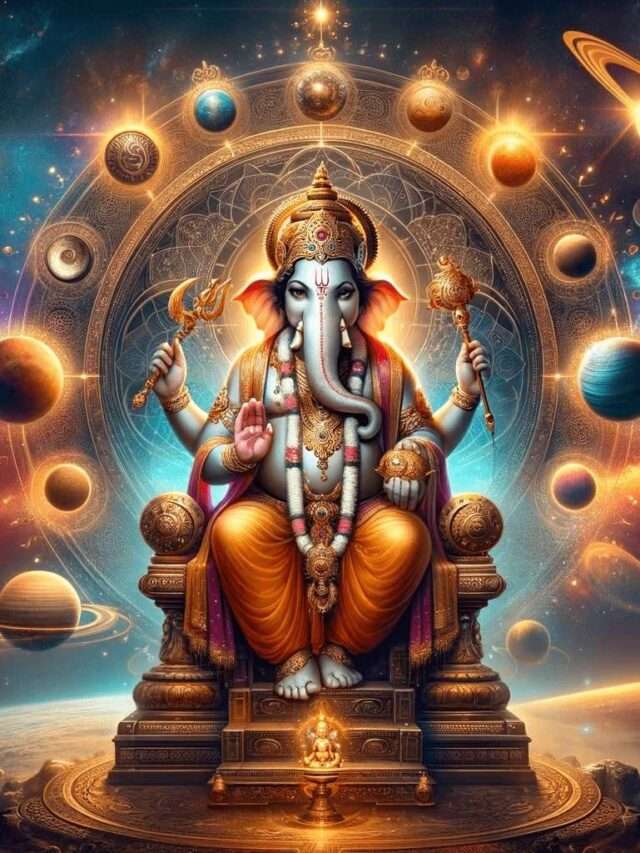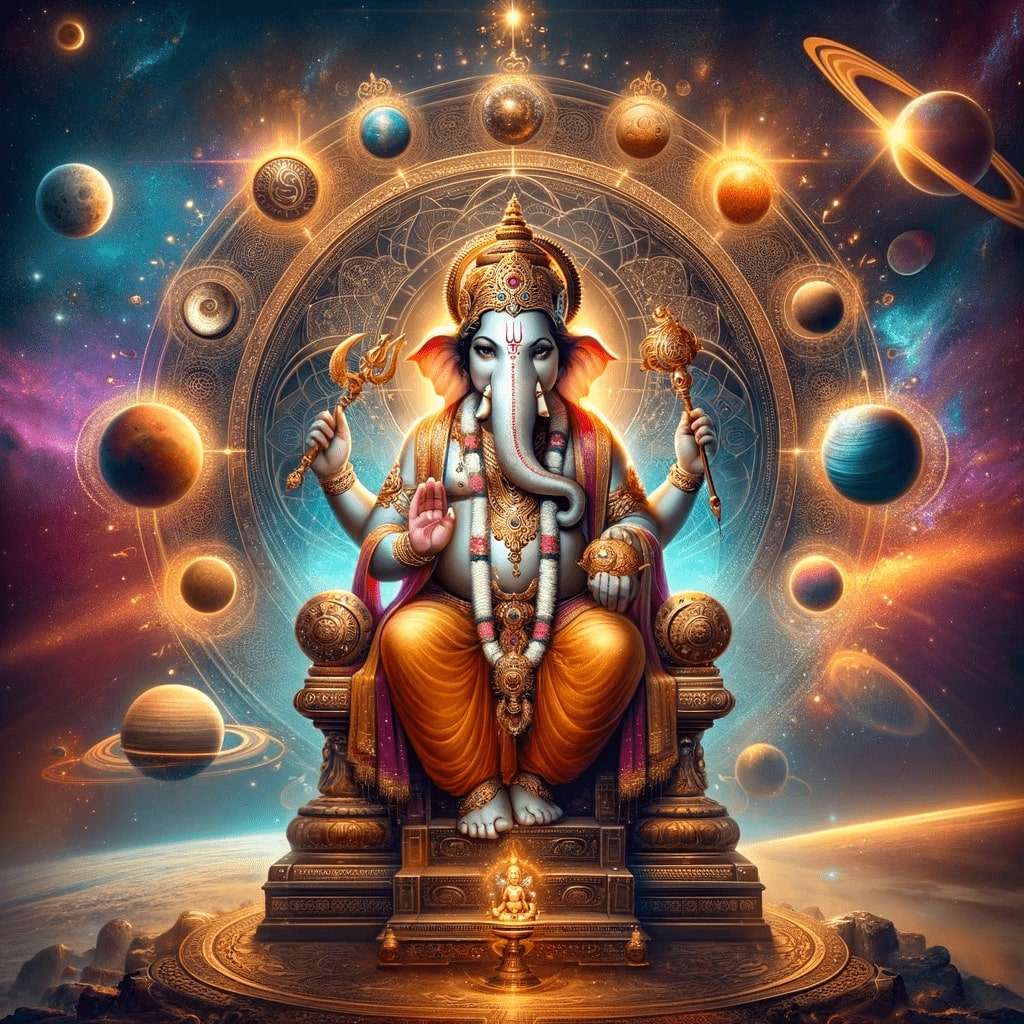The bond between Sri Ram and Laxman, as depicted in the Ramayana, is often celebrated as an epitome of brotherly love and devotion. Laxman’s unwavering dedication to his elder brother, Sri Ram, is evident throughout the epic, as he accompanies him during his exile and battles against formidable foes. However, one particular instance that stands out is Laxman’s decision to let Sri Ram leave Ayodhya, the kingdom he was destined to rule, despite his deep love for his brother. This act has been interpreted by scholars and devotees as a profound display of Laxman’s commitment to dharma (righteous duty) and his reverence for Sri Ram’s divine nature.
The Principle of Dharma
In Hindu philosophy, the concept of dharma is central to the understanding of one’s duties and responsibilities. The Ramayana, composed by the sage Valmiki, is not merely a literary masterpiece but also a profound exploration of dharma (Pollock, 1986, p. 109). Laxman’s decision to let Sri Ram depart for the forest can be seen as an embodiment of his adherence to dharma, even when it meant sacrificing his personal desires and comforts.
According to the Ayodhya Kanda of the Valmiki Ramayana (Book 2, Canto 19, Verses 1-27), Sri Ram’s father, King Dasharatha, was bound by a promise he had made to his wife Kaikeyi, which required Sri Ram to be exiled for fourteen years (Goldman, 1984, p. 65). As a dutiful son and an upholder of dharma, Sri Ram accepted this decree without hesitation. Laxman, recognizing the gravity of this situation and the importance of upholding dharma, chose to accompany his brother into exile, despite the comforts and privileges he enjoyed as a prince (Sutton, 2000, p. 137).
The Bhagavad Gita, one of the most revered Hindu scriptures, emphasizes the importance of performing one’s prescribed duties without attachment to the fruits of one’s actions (Sargeant, 2009, p. 27). In Chapter 3, Verse 19, Lord Krishna states: “Therefore, without being attached to the fruits of activities, one should act as a matter of duty, for by working without attachment, one attains the Supreme” (Prabhupada, 1972, p. 165). Laxman’s decision to let Sri Ram leave Ayodhya can be seen as an embodiment of this principle, as he prioritized his dharmic obligations over his personal desires and attachments.
Sri Ram’s Divine Nature
In Hindu theology, Sri Ram is revered as an avatar (incarnation) of Lord Vishnu, the preserver and protector of the universe (Matchett, 2001, p. 125). As an avatar, Sri Ram’s actions and decisions are believed to be guided by a higher purpose, transcending the realm of human understanding. Laxman, being a devoted follower of Sri Ram, recognized his divine nature and trusted in the wisdom of his brother’s decisions.
The Padma Purana, one of the major Hindu scriptures, describes Laxman as the embodiment of selfless service and devotion to Sri Ram. In the Uttara Khanda, Chapter 111, Verse 25, it states: “Laxman, the younger brother of Rama, is the personification of service and devotion to the Lord” (Shastri, 1975, p. 1265). By allowing Sri Ram to leave Ayodhya, Laxman demonstrated his unwavering faith in his brother’s divine mission and his willingness to support him in fulfilling his cosmic responsibilities.
Furthermore, the Bhagavata Purana (Canto 9, Chapter 10, Verses 38-39) describes Sri Ram’s incarnation as a means to establish dharma and protect the righteous: “The Supreme Lord, Vishnu, has descended in the form of a human child to kill those who are obstacles on the path of righteousness and to protect those who are adherents of the eternal religion” (Prabhupada, 1988, p. 137). Laxman’s decision to let Sri Ram depart can be seen as an act of facilitating this divine purpose, even if it meant enduring personal hardships and separations.
The Virtue of Detachment
Another aspect that sheds light on Laxman’s decision is the concept of detachment, which is highly valued in Hindu philosophy. The Bhagavad Gita emphasizes the importance of performing one’s duties without attachment to the results or consequences. In Chapter 2, Verse 47, Lord Krishna states: “You have a right to perform your prescribed duty, but you are not entitled to the fruits of action. Never consider yourself the cause of the results of your activities, and never be attached to not doing your duty” (Prabhupada, 1972, p. 117).
Laxman’s ability to let Sri Ram leave Ayodhya, despite his deep love and attachment to his brother, can be seen as a manifestation of this principle of detachment. By letting Sri Ram depart, Laxman demonstrated his capacity for detachment and his willingness to surrender to the divine plan. This act of detachment allowed him to transcend his personal desires and attachments, enabling him to fully embrace his dharmic responsibilities and support Sri Ram’s divine mission.
Conclusion
Laxman’s decision to let Sri Ram move away from the city of Ayodhya, despite his profound love for his brother, can be understood through the lens of dharma, devotion, and detachment. By prioritizing his dharmic obligations, recognizing Sri Ram’s divine nature, and embodying the virtue of detachment, Laxman exemplified the highest ideals of Hindu philosophy. His actions serve as a powerful reminder of the importance of selfless service, unwavering faith, and the ability to transcend personal attachments in the pursuit of higher spiritual goals. Through this act, Laxman solidified his place as an embodiment of devotion and a paragon of dharmic living, inspiring generations of devotees and scholars alike.
References:
- Goldman, R. P. (1984). The Ramayana of Valmiki: An epic of ancient India. Princeton University Press.
- Matchett, F. (2001). Krishna, Lord or avatara? The relationship between Krishna and Vishnu. Routledge.
- Pollock, S. (1986). The Ramayana of Valmiki: An epic of ancient India. Princeton University Press.
- Prabhupada, A. C. B. S. (1972). Bhagavad-gita as it is. Bhaktivedanta Book Trust.
- Prabhupada, A. C. B. S. (1988). Srimad-Bhagavatam. Bhaktivedanta Book Trust.
- Sargeant, W. (2009). The Bhagavad Gita: Twenty-fifth-anniversary edition. State University of New York Press.
- Shastri, J. L. (1975). The Padma Purana. Motilal Banarsidass Publishers.
- Sutton, N. (2000). Religious doctrines in the Mahabharata. Motilal Banarsidass Publishers.





